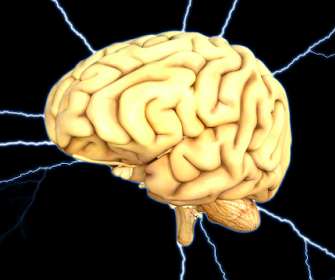Curiosity, cognition and content
Learning with e's
SEPTEMBER 30, 2017
We could argue that the majority of what we 'know' derives from our ability to be able to think, to reason, to reflect, to ask questions - our higher cognitive processes. Curiosity, cognition and content by Steve Wheeler was written in Plymouth, England and is licensed under a Creative Commons Attribution-NonCommercial-ShareAlike 3.0











































Let's personalize your content